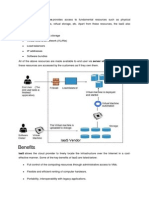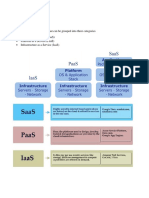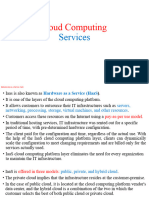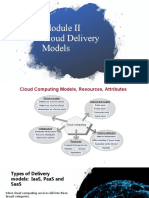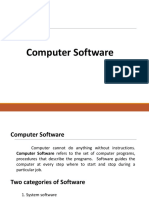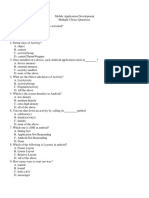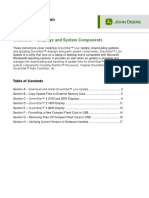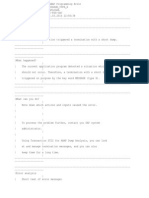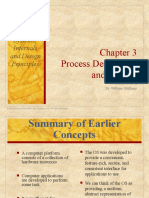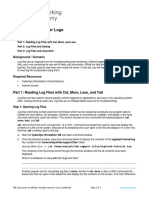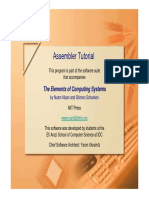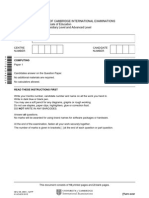0% found this document useful (0 votes)
13 views23 pagesCloud Computing
Chapter 2 discusses cloud architecture, which includes front-end and back-end platforms, delivery models, and networks, enabling efficient application performance and resource scalability. It covers three main service models: IaaS, PaaS, and SaaS, detailing their features, advantages, and when to use them. The chapter also highlights the responsibilities of clients and providers in each model, along with examples of popular providers.
Uploaded by
Raaz gamingCopyright
© © All Rights Reserved
We take content rights seriously. If you suspect this is your content, claim it here.
Available Formats
Download as DOCX, PDF, TXT or read online on Scribd
0% found this document useful (0 votes)
13 views23 pagesCloud Computing
Chapter 2 discusses cloud architecture, which includes front-end and back-end platforms, delivery models, and networks, enabling efficient application performance and resource scalability. It covers three main service models: IaaS, PaaS, and SaaS, detailing their features, advantages, and when to use them. The chapter also highlights the responsibilities of clients and providers in each model, along with examples of popular providers.
Uploaded by
Raaz gamingCopyright
© © All Rights Reserved
We take content rights seriously. If you suspect this is your content, claim it here.
Available Formats
Download as DOCX, PDF, TXT or read online on Scribd
/ 23

